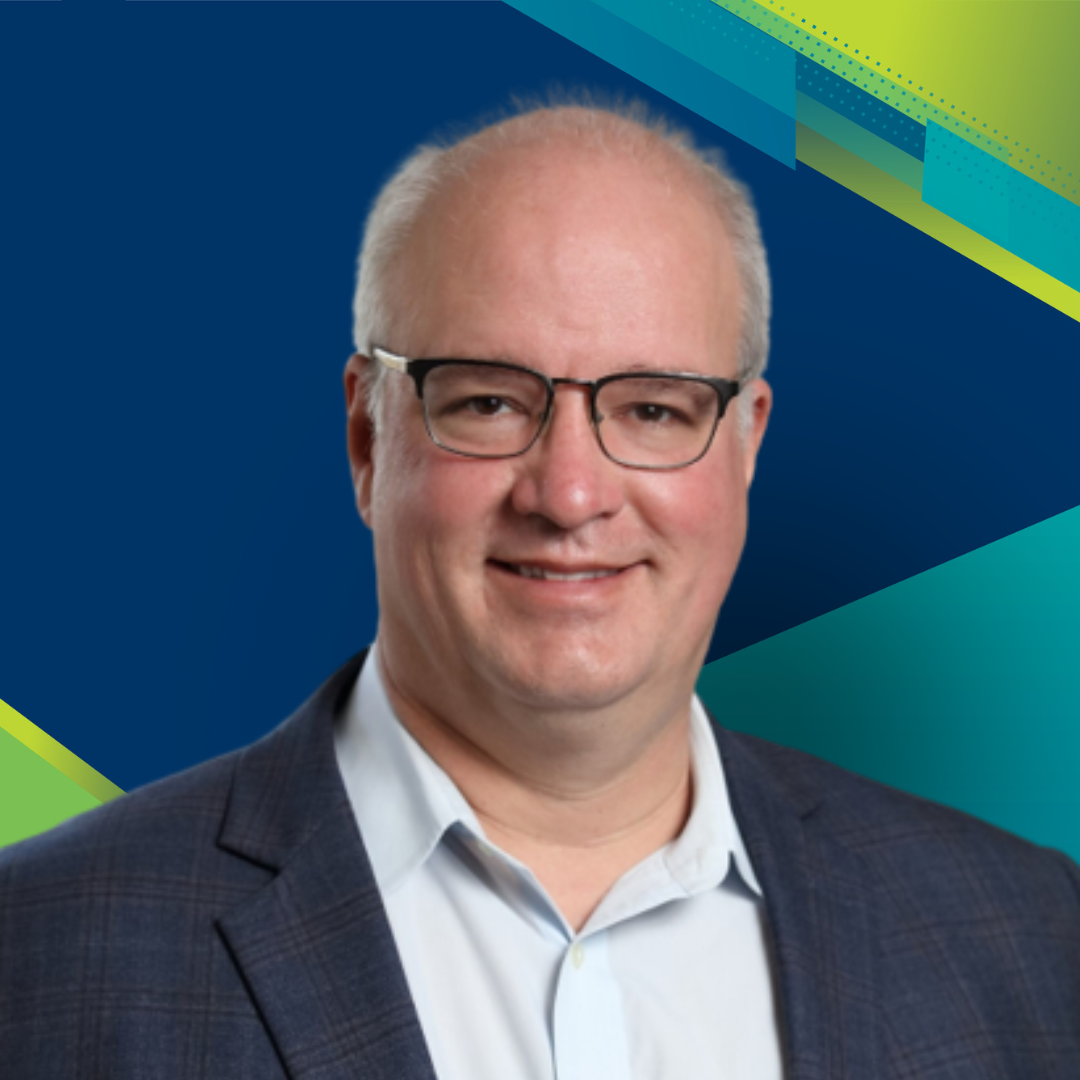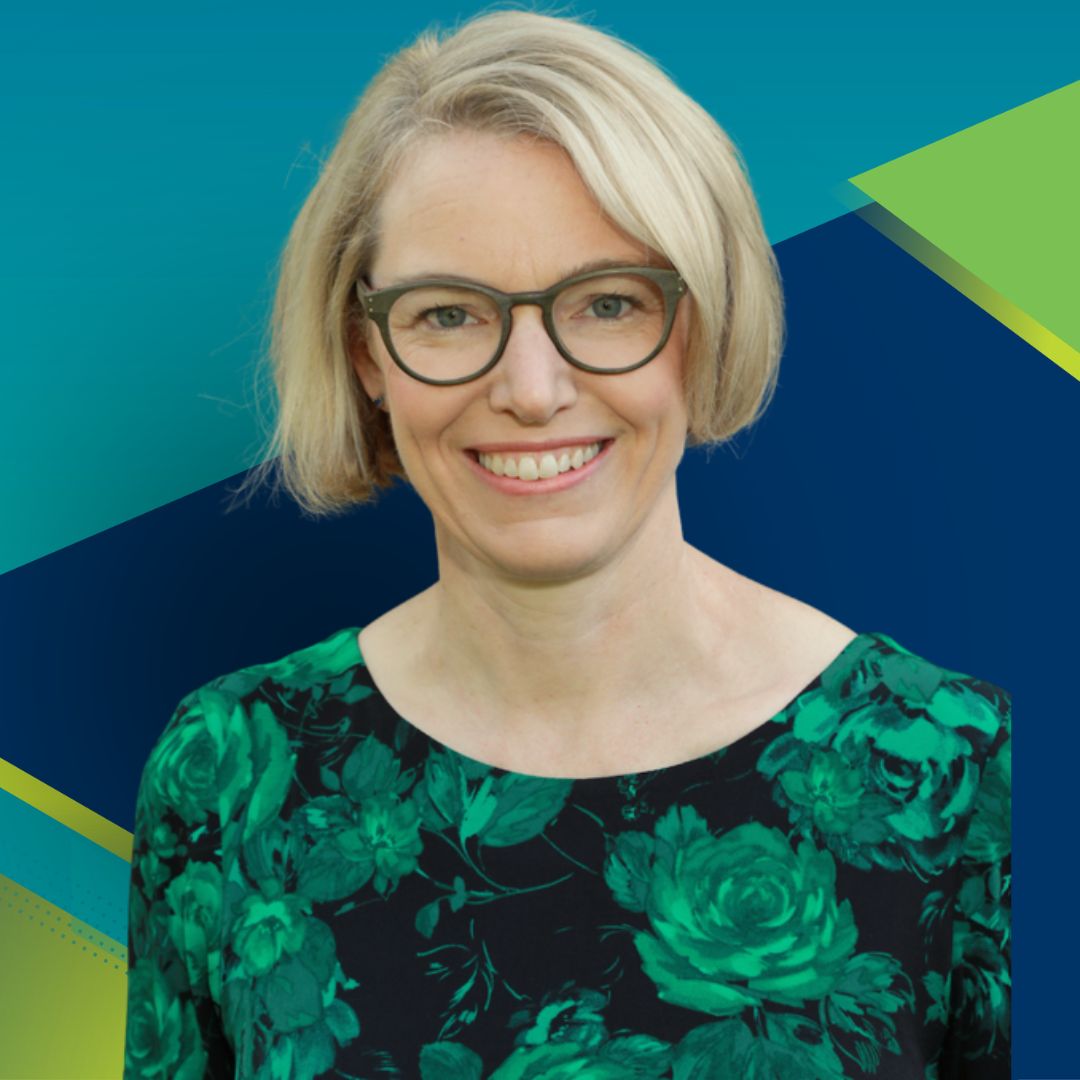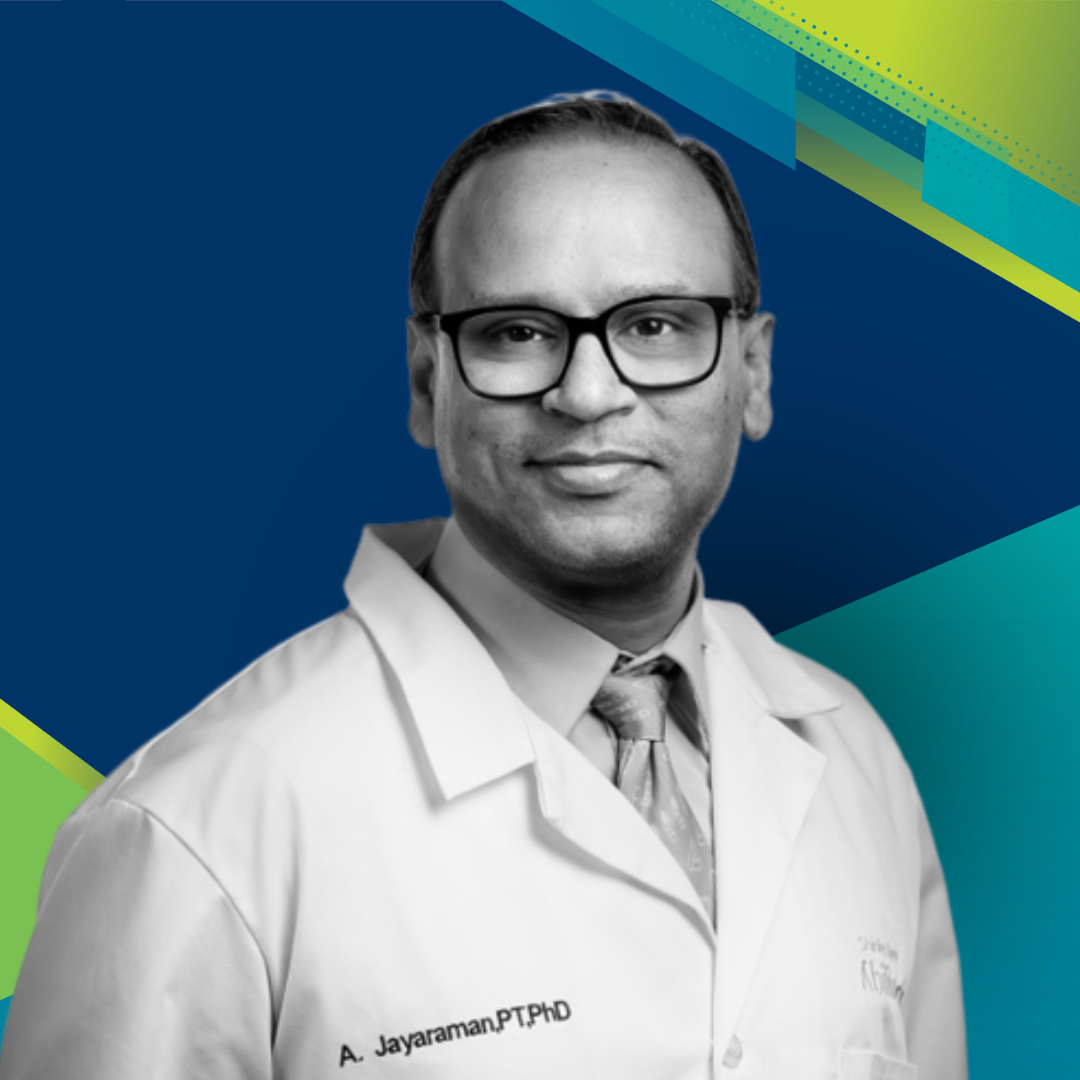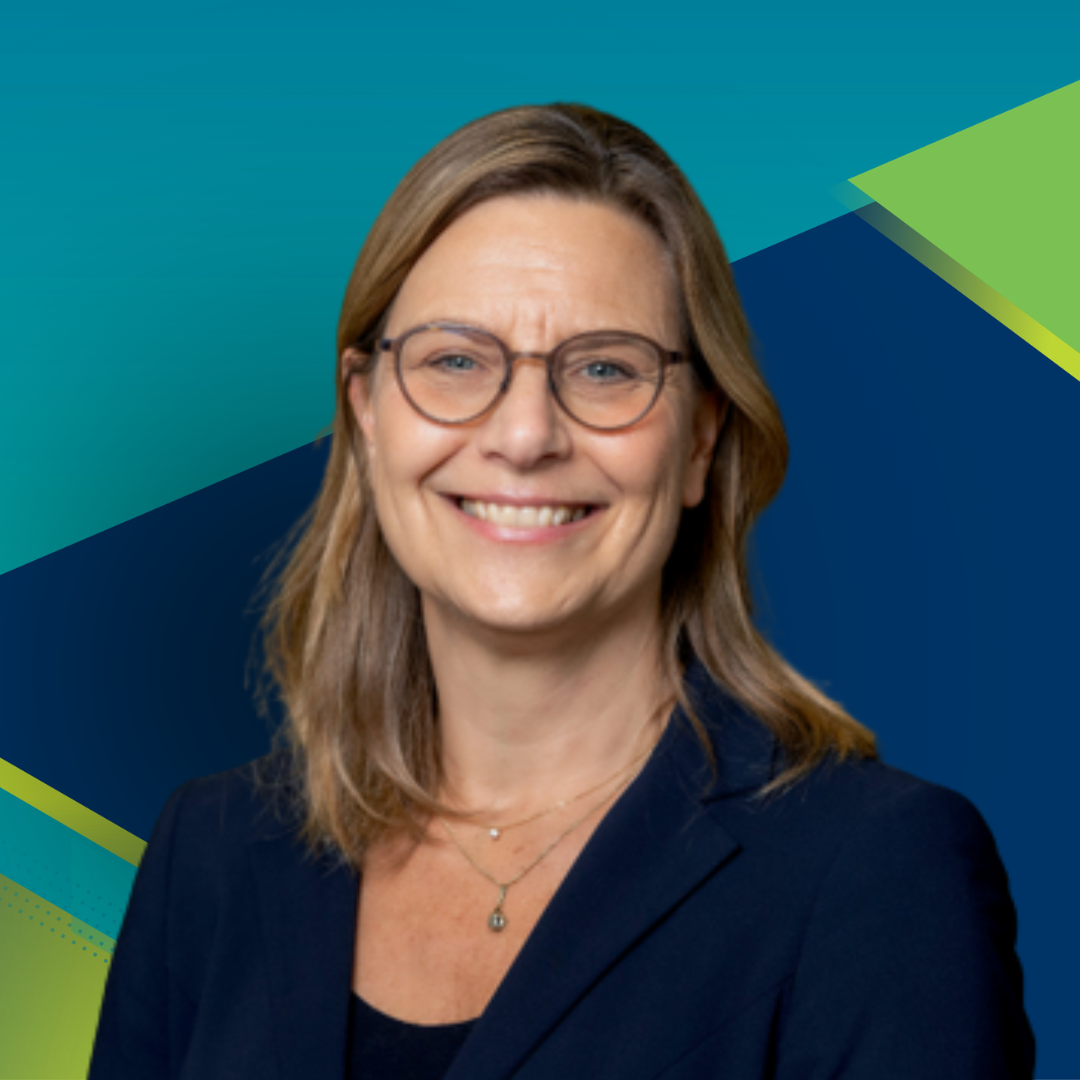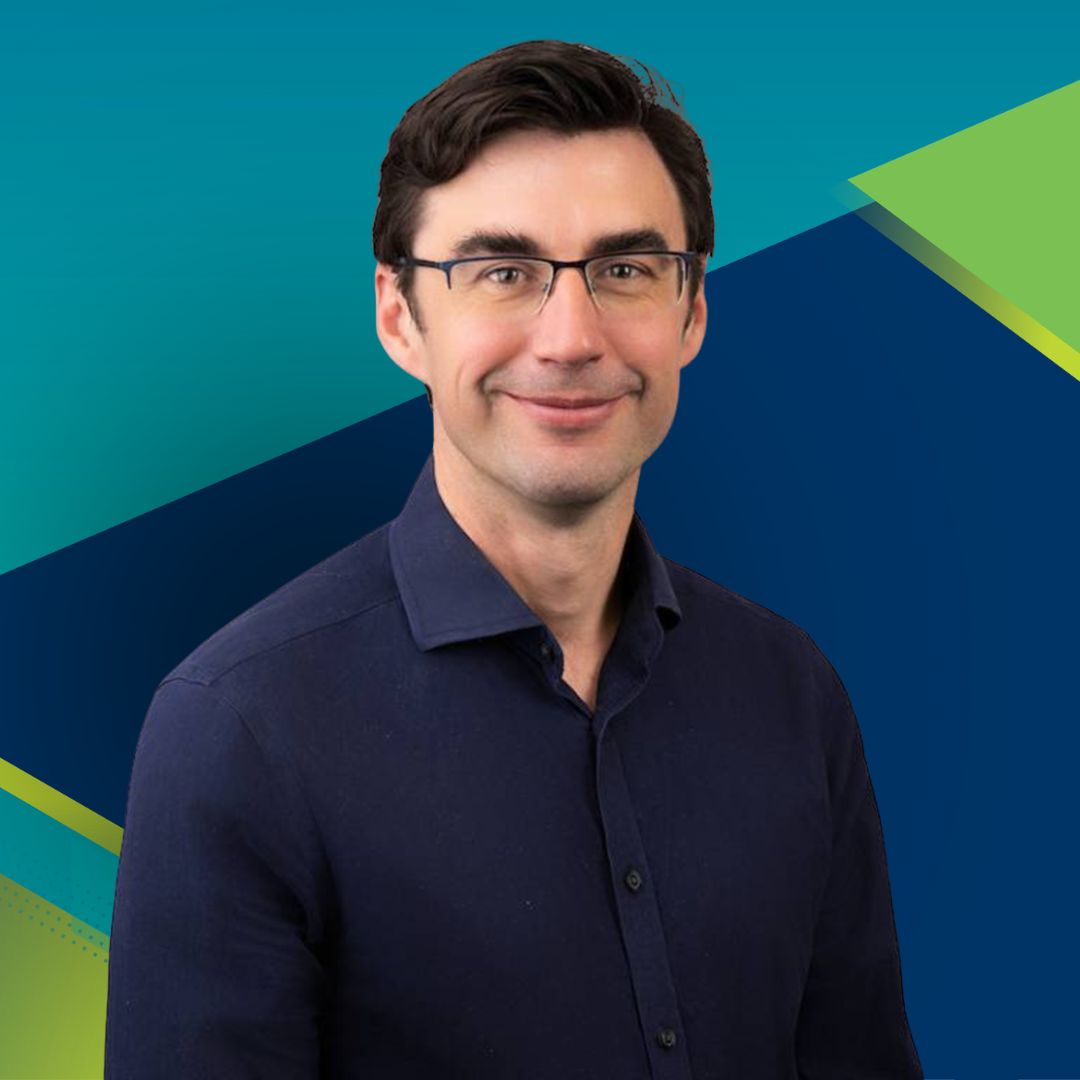Dr
Jeff Crandall
Applications of Sports Injury Prevention and Performance through Biomechanics and Data Analytics
Jeff Crandall is co-founder and CEO of Biomechanics Consulting and Research (Biocore), LLC and Board Member of Infinite Athlete, Inc. He is the Nancy and Neal Wade Professor of Engineering and Applied Sciences (Emeritus) at the University of Virginia and was the director of the UVA Center for Applied Biomechanics from 1994 until he retired from the University in 2019. Dr. Crandall’s research has focused on understanding human response and injury with application to the fields of sports and automobile safety. He has served as an engineering consultant to the National Football League for the past 17 years and co-chairs the NFL-NFLPA Engineering Committee. He has authored more than 700 technical papers, been awarded 7 patents, and received the Department of Transportation’s United States Government Award for Engineering Excellence.
This presentation outlines a systems-based approach to reducing sports-related injuries through athlete-specific protective strategies informed by biomechanical insights. On-field kinematic data is collected through wearable inertial sensors and computer vision systems, enabling the reconstruction of high-risk movement patterns, analysis of impact mechanics, and quantification of exposure across position-specific scenarios. Complementing laboratory-based impact testing and field instrumentation, advanced modeling techniques—including finite element analysis, multibody dynamics, and machine learning —enable virtual assessment of protective equipment, infrastructure modifications, athlete biomechanics, and rules under a wide range of simulated practice and game conditions. Central to this approach is the concept of the Digital Athlete, a longitudinal, individualized model that integrates historical player data across modalities and timeframes to inform risk prediction and intervention design. Finally, the framework acknowledges that injury prevention and performance are interdependent objectives, emphasizing the development of protective solutions that mitigate risk without diminishing athletic output.
Professor
Alison Marsden
Engineering Surgeries for Congenital Heart Disease
Alison Marsden is the Douglass M. and Nola Leishman Professor of Cardiovascular Disease in the Departments of Pediatrics and Bioengineering at Stanford University. From 2007-2015 she was a faculty member at UCSD. She graduated with a BSE degree from Princeton in 1998, and a PhD from Stanford Mechanical Engineering in 2005. She was a postdoctoral fellow at Stanford from 2005-07. She was the recipient of a Burroughs Wellcome Fund Career Award at the Scientific Interface in 2007, and an NSF CAREER award in 2011. She has been elected fellow of AIMBE, SIAM, APS, BMES, and ASME. She is the 2023 recipient of the Van C. Mow medal from the ASME Bioengineering Division. She has published over 200 journal articles, and her research focuses on cardiovascular biomechanics and engineering methods to impact patient care in cardiac surgery and congenital heart disease.
Congenital heart disease (CHD) is the most common birth defect and the leading cause of infant mortality in the US. CHD patients require a high degree of customization and individualized treatment planning, which is currently done “on the fly” in the operating room. Alternatively, personalized computational models now offer predictive decision support tools for designing bespoke treatments in advance of procedures. Recent advances in modeling and simulation are enabling increasingly sophisticated methods spanning 3D model construction, virtual surgery, and simulation-based outcomes prediction. State of the art methods include multi-physics cardiac models, virtual device implantation, vascular growth and remodeling, Bayesian approaches, and data-driven methods for image segmentation and digital twins. Clinical deployment of 3D modeling and simulation is now improving outcomes in CHD patients in a range of applications spanning valve reconstruction, biventricular repair, and interventional planning. Towards future developing of “living” implants, computational modeling is also supporting bioprinting applications, including design of vascular networks to optimize tissue perfusion at scale. The open source SimVascular project provides a software ecosystem for developing and sharing new capabilities with the broader scientific community.
Dr
Arun Jayaraman
Beyond the Lab:
Harnessing Wearables for Clinical and Community-based Functional Outcomes
Director Max Nader Center for Rehabilitation Technologies & Outcomes Research Executive Director, Technology and Innovation (tiHUB), Shirley Ryan AbilityLab, Chicago IL Professor Department of Physical Medicine & Rehabilitation Department of Physical Therapy & Human Movement Sciences Department of Medical Social Sciences Feinberg School of Medicine Northwestern University, Chicago, IL Dr. Arun Jayaraman’s work primarily focuses on developing and executing both investigator-initiated and industry-sponsored research in rehabilitation technology, which includes: wearable technologies, exoskeletons, prosthetics, orthotics, rehabilitation robotics, neurostimulation devices, and other assistive and adaptive technologies to treat physical impairments. He conducts all of his outcomes research using advanced wearable patient monitoring wireless sensors and uses novel machine learning techniques to analyze the data. He collaborates both nationally and internationally with many academic and industrial organizations and has conducted over 50 large clinical trials in the field of wearable technologies.
The intersection of biomechanics, wearable sensor technology, and machine learning (ML) is transforming the landscape of rehabilitation science. Traditional clinical assessments, while valuable, often offer low-resolution, episodic insights into functional performance. In contrast, wearable sensors provide continuous, high-fidelity biomechanical data—capturing spatiotemporal gait parameters, joint kinematics, muscle activation, posture dynamics, and exertion profiles across clinical and community settings.
This integration enables quantification of both extrinsic and intrinsic movement quality. For example, sensor-driven clinical dashboards now allow real-time estimation of gait symmetry, prediction of functional recovery, and evaluation of intervention efficacy post-stroke, spinal cord injury, or amputation. In pediatric populations, sensor-based biorhythm analysis has been leveraged to detect early postoperative complications. Meanwhile, video-based pose estimation combined with ML has shown promise for early detection of motor delays in infants and tracking motor fluctuation in Parkinson’s disease.
From a translational biomechanics standpoint, these technologies bridge laboratory precision with ecological validity. Embedded within rehabilitation protocols, they enable dynamic modeling of movement in real-world environments, support fall risk analysis, and inform adaptive therapeutic strategies. Importantly, ML algorithms trained on these datasets are now being used to classify pathological gait patterns, recognize activities of daily living, and predict clinical trajectories—marking a shift toward proactive, data-informed care.
By integrating biomechanical measurements with artificial intelligence, we are redefining rehabilitation as a continuous, context-aware, and individualized process. This presentation highlights multidisciplinary applications and outcomes across multiple conditions, demonstrating how sensor-based biomechanics can close critical gaps between assessment, intervention, and long-term recovery.
Dr
Carlijn Bouten
Material-driven in-situ cardiovascular regeneration:
a mechanobiological perspective
Carlijn Bouten is a frontier scientist in cardiovascular regeneration. She transformed her field by providing the fundamental basis for the in-situ generation of living tissues that seamlessly integrate with the human body by harnessing the host response to a biomaterial implant. Constantly innovating the field, Bouten currently explores hybrid implantable organs, as well as minimally- and non-invasive regenerative approaches (regenerative stents, transcatheter valves, and a new concept of remote cardiac tissue engineering). Bouten is a devoted advocate of team science and multidisciplinary research, heading a group of ~40 researchers with diverse career paths and leading several large (inter)national research consortia, including the Dutch gravitation program “Materials-Driven Regeneration” and an ERC-Advanced project on restoring cardiac tissue organisation. Bouten is an elected member of the Royal Netherlands Academy of Arts and Sciences (KNAW). She (co)authored over 300 publications in ISI journals and 16 biomedical and tissue engineering book chapters.
We investigate and design in situ cardiovascular tissue engineering technologies using instructive, cell-free, biodegradable synthetic scaffolds to create living cardiovascular tissues (valves, vessels, endocardium) inside the human body. This lecture addresses the challenges to designing scaffolds that function upon implantation and during the process of tissue formation and scaffold degradation; are capable of harnessing the natural host response through principles of mechanobiology, and provide the necessary cues for a stable and organised load-bearing extracellular matrix under in vivo hemodynamic conditions. I will describe how biomimetic in vitro models are used in direct comparison with in vivo small-animal experiments to provide handles for optimising scaffold properties. Current challenges concentrate on advancing the clinical translation of the technology by analysing the influence of patient characteristics and comorbidities on neo-tissue formation, as well as compliance with minimally invasive strategies. The outcomes will offer new perspectives for patient-specific, readily available grafts that will transform into living, endogenous cardiovascular replacements at the site of destination.
Professor
Ilse Jonkers
Science Beyond Experimental Measures:
Where Simulations Meet Clinical Questions…
Since earning her PhD in 2000, Professor Jonkers has bridged human movement science and physical therapy with biomedical engineering, focusing on 3D motion capture and multi-body simulation to study pathological movement. A pivotal postdoctoral period at Stanford (with Prof. Delp) shaped this trajectory. She is currently a professor in the Human Movement Biomechanics Research Group at KU Leuven. Her research centers on subject-specific musculoskeletal models and whole-joint loading, particularly in cerebral palsy. Recent work explores multi-scale modeling of bone and cartilage adaptation and advanced cartilage imaging to understand osteoarthritis. Through bioreactor experiments, she investigates how mechanical loading regulates cartilage health and disease. As director of iSi Health—KU Leuven’s Institute of Physics-based Modeling for In Silico Health—Professor Jonkers advocates for simulation-driven approaches in healthcare. Her work aims to translate in silico methods into clinical impact by integrating biomechanics, biology, imaging, and engineering.
Three-dimensional motion capture has become a well-established tool to study locomotor function and assess the effects of treatment in individuals with musculoskeletal disorders. While these measurements provide valuable insight into movement patterns, they do not reveal the underlying mechanical drivers of those patterns—information that is crucial for understanding pathology and guiding intervention.
To address this gap, there is growing interest in integrating experimental data with physics-based modeling and dynamic simulation. These combined approaches allow us to estimate internal parameters that are not accessible through non-invasive measurements, such as individual muscle contributions, joint contact forces, and tissue-level strain. In the field of degenerative joint diseases, such as osteoarthritis, these techniques are being explored to support patient-specific diagnosis, stratification, and the prescription of targeted rehabilitation strategies.
In this plenary session, I will present key advances in model-based analysis of locomotor performance, focusing on how simulation techniques enhance our ability to understand movement dysfunction and optimize clinical outcomes. I will share examples from our work involving subject-specific musculoskeletal models, multi-scale simulations of joint mechanics, and experimental validation using imaging and bioreactor data.
Finally, I will address the remaining barriers to clinical adoption, including the need for standardization, computational efficiency, and clinician-friendly interfaces. I will propose a roadmap toward clinical translation, emphasizing the importance of cross-disciplinary collaboration between engineers, clinicians, and researchers to realize the full potential of these technologies in everyday healthcare.
Professor
Janie Wilson
Biomechanics in Orthopaedic Hallways:
A Journey to Clinical Relevance
Dr. Wilson is a Professor in the School of Biomedical Engineering, an adjunct Professor of the Department of Surgery, and the co-Director of the Dynamics of Human Motion Lab at Dalhousie University in Nova Scotia, Canada. She is also an Affiliate Scientist with Nova Scotia Health. She leads an interdisciplinary research program in musculoskeletal biomechanics and modeling, with a focus on the integration of innovative technologies and biomechanics outcomes into orthopaedic clinical decisions, with a current focus on personalization of arthroplasty surgery through robotics. She has served the community as a past president of the Canadian Society for Biomechanics, a past president of the Canadian Orthopaedic Research Society, and a Fellow of the International Combined Orthopaedic Research Societies.
In this plenary session, I will provide an overview of translational biomechanics tools and techniques that have allowed me to move my research program out of the laboratory and directly integrated in orthopaedic clinics across the country. The importance of biomechanics outcomes in knee osteoarthritis and knee arthroplasty clinical decisions will be highlighted, as well as the role of markerless motion capture, wearable sensors, and big data for translation and uptake.
Professor
Laoise McNamara
Breaking down bone disease: multidisciplinary research into mechanobiological mechanisms of osteoporosis and cancer metastasis
Prof. Laoise McNamara is an Established Professor of Engineering (Biomedical) and Head of School of Engineering at University of Galway. She is a member of the Executive committee of the Institute for Health Discovery and Innovation. She leads the Mechanobiology and Medical Device Research group, who use experimental and computational approaches to study the role of mechanobiology in osteoporosis and cancer-bone metastasis. She collaborates with a number of medical device companies applying her expertise to the pre-clinical assessment of surgical and minimally invasive medical devices. She was awarded two European Research Council Awards, an Irish Research Council Laureate Award and received the Irish Research Council “Researcher of the Year” award and the Royal Academy of Medicine in Ireland Bronze Medal in Bioengineering. She has published over 100 research articles and is a reviewer for international research organisations, including funding panel and international conference member and chair roles.
https://www.linkedin.com/in/laoise-mcnamara-46280033/?originalSubdomain=ie
Information coming soon
Professor
Ming Zhang
Foot and Ankle Biomechanics for Footwear Design
Prof. Zhang received his BSc and MSc from Beijing Institute of Technology and PhD from King’s College University of London. He is currently a Chair Professor of Biomechanics, Head of the Department of Biomedical Engineering, and Director of the Research Institute for Sports Science and Technology at The Hong Kong Polytechnic University. Prof Zhang is a Councilor of World Council of Biomechanics (WCB), President of International Society of Sports Science and Technology (ISSST), Past President of World Association for Chinese Biomedical Engineers (WACBE), Council Member of Asian-Pacific Association for Biomechanics and Chinese Society of Biomechanics. He has received numerous prestigious awards and has held significant leadership positions in global and regional biomechanics and sports science organizations. Prof. Zhang is internationally recognized for his contributions to musculoskeletal biomechanics for orthopedics, rehabilitation engineering and sports science, in enhancing human mobility and joint health.
TBA
Dr
Robin Queen
Powered to Perform:
A Holistic and Tech-Driven Approach to Keeping Athletes in Action
Dr. Robin Queen joined the Department of Biomedical Engineering and Mechanics at Virginia Tech to helm the Granata Biomechanics Lab in 2015 after 11 years at Duke where she directed the Krzyzewski Human Performance Lab. Queen is an expert in movement biomechanics with a focus on injury prevention and recovery. Queen has published more than 150 peer reviewed articles, is a Fellow in four professional societies, maintains an externally funded research program, and engages in interdisciplinary mentoring and teaching. Dr. Queen has served in multiple leadership roles within her professional societies and has received awards for mentoring and research. In addition, she has served in leadership roles within her department, college, along with leading special projects for the Office of Research and Innovation, and the offices of the President and Provost. Queen is passionate about improving institutional climate and culture while advocating for research through community outreach and engagement.
Lower extremity injuries remain a leading cause of time-loss in sport, with significant implications for performance, career longevity, and long-term health. This session presents a scientifically grounded framework for injury prevention, rehabilitation, and return to play, emphasizing a holistic and technology-enabled approach. Drawing on current evidence in biomechanics, neuromuscular control, and orthopaedics, we will explore how to utilize integrated systems—including wearable technologies and motion capture—can enhance research and clinical decision-making. The session will highlight emerging methodologies for assessing movement quality, monitoring load, and optimizing recovery trajectories, with the overarching goal of reducing injury risk and maintaining athlete availability. By bridging research and applied practice, this session offers a translational perspective on sustaining performance through innovation and interdisciplinary collaboration.
Professor
Rong Li
Mechanics and Dynamics in the aging and Rejuvenation of Mammalian Oocytes
Professor Rong Li came from Johns Hopkins University where she served as the Director of the Centre for Cell Dynamics in the Johns Hopkins School of Medicine. She was recruited to NUS in 2019 as the second Director of Mechanobiology Institute (MBI). Professor Li is a globally respected leader in the study of cellular dynamics and mechanics. Her interdisciplinary research integrates genetics, quantitative imaging, biophysical measurements, mathematical modelling, genomics and proteomics — to understand how eukaryotic cells transmit their genomes, adapt to the environment, and establish distinct organisation to perform specialised functions. Mechanics and Dynamics in the aging and Rejuvenation of Mammalian Oocytes.
Age-associated female infertility is due mainly to the decline in the quantity and quality of the female gamete – the mature oocyte, or egg. During the process of maturation and fertilization, the oocyte undergoes asymmetric meiotic cell divisions to generate a fertilized egg and two small polar bodies. This dynamic process involves intricate cytosolic mechanics and is energetically expansive and thus sensitive to age-associated metabolic dysfunction. Follicular somatic cells (FSCs) play key roles preparing the oocyte for successful maturation and subsequent developmental processes. Our recent study aims at understanding how aging affects the stromal environment in the ovary and the interaction of FSCs with the oocyte within the follicle. Our work strives to develop an innovative method for restoring the quality of aged oocytes through an engineered young-like FCS environment.
Dr
Steven Niederer
Virtual Hearts, Real Patients: Personalizing Cardiac Models at Scale and in the Community
Professor Steven A. Niederer is the Chair in Biomedical Engineering at Imperial College London and the Cardiac Digital Twin Mission Lead at the Alan Turing Institute. He has held previous positions at King’s College London and the University of Oxford. He leads the Cardiac Electro-Mechanics Research Group (CEMRG), which focuses on combining data, physics-based modelling, and machine learning to improve the understanding and treatment of heart disease. His inherently interdisciplinary group unites mathematicians, modellers, experimental researchers, and clinicians to investigate arrhythmias, heart failure, and novel image analysis techniques. Professor Niederer’s research is supported by international government, charity, and industry grants, with a strong focus on open science and reproducible research. His group is based at Hammersmith Hospital, with a strong focus on translational research, bridging the gap between technical innovation and clinical application for patient benefit.
Patient-specific cardiac models are increasingly used to diagnose disease, forecast outcomes, and guide therapy. However, most current models focus on targeted patient groups and rely predominantly on hospital-acquired data. However, most patients live their lives outside of hospitals, models must be robust across large, diverse populations and incorporate data streams from patients in the community.
This presentation will highlight our recent advances in three areas. First, Building Digital Twins in the Community: We are moving beyond static models by integrating continuously updated sensor and wearable data, enabling dynamic “digital twins” that capture evolving patient health outside the clinic. Second, Scaling Model Workflows for Population Insight: We have developed scalable computational pipelines to generate thousands of patient-specific models, facilitating large-scale analyses of how demographic, physiological, and lifestyle factors influence cardiac function. Third, Standardizing Models for In-Silico Trials: We are establishing open libraries containing thousands of rigorously verified “virtual hearts” to support in-silico trials, allowing pre-clinical findings to be tested in realistic human heart models.
Together, these developments are shifting cardiac modelling from research applications to population-scale tools with the potential to impact diagnosis, personalise therapy, and accelerate innovation in cardiovascular medicine.
https://www.linkedin.com/in/steven-niederer-a56b0226/
Professor
Taiji Adachi
Multiscale Biomechanics on Bone Morphogenesis and Adaptation by Remodeling: In Silico Experiments
Taiji Adachi earned his Ph.D. in Mechanical Engineering from Osaka University (1997). His academic career began as a Research Associate in the Department of Mechanical Engineering at Kobe University (1992), and he was appointed an Associate Professor (1998). In 2004, he joined Kyoto University as an Associate Professor in the Department of Mechanical Engineering, and since 2010, he has served as a Professor at the Institute for Life and Medical Sciences. He has research experience, including as a Research Fellow at the Orthopaedic Research Laboratory at the University of Michigan (1997-1999) and as a Team Leader of the Computational Cell Biomechanics Team at RIKEN (2006-2011). His research focuses on the multiscale biomechanics of bone adaptation and tissue morphogenesis, including modeling and simulation. He served as a Member of the World Council of Biomechanics (2010-2022) and has been a Council Member of the Asian-Pacific Association for Biomechanics (2013).
The role of forces in bone morphogenesis and adaptation by remodeling has been studied through in vivo experiments. However, understanding their mechanoregulation from cellular-level mechanosensing to multicellular tissue-level dynamics is not simple due to the complex hierarchy in bone. One approach is mathematical modeling and computer simulation based on multiscale mechanics. This method has contributed to elucidating underlying mechanisms through in silico experiments.
In this study, we conducted in silico experiments to investigate growth plate morphogenesis in long bones under the mechanical influence of the multicellular tissue, as well as structural adaptation and damage repair by remodeling. These in silico experiments will deepen our understanding of how mechanical forces regulate the behaviors of multicellular dynamics during bone morphogenesis and adaptation.
In bone development, the structure and shape of long bones are regulated by column formation of proliferative chondrocytes and their subsequent hypertrophy within the growth plate. However, the internal mechanical state that drives this process, such as stress and strain field, is not well understood. To investigate the mechanical factors underlying bone growth, we employed continuum-based particle models integrated with a biological signaling cascade. Our computer simulations reproduced growth plate development and revealed that stress anisotropy in the proliferative zone, enhanced by chondrocyte hypertrophy, plays a crucial role in regulating bone elongation.
Bone structural adaptation by remodeling is regulated by mechanosensitive osteocytes. Imbalances between osteoclast and osteoblast activities, regulated by osteocytes, lead to bone diseases such as osteoporosis, while physical exercise influences bone strength. To investigate the roles of osteocytes in adaptation and damage repair, an in-silico platform based on in vitro and in vivo experiments was developed. Simulations of mouse femoral cancellous bone revealed that damage-regulated apoptosis and remodeling drove damage repair. This approach will enhance understanding of bone disease mechanisms and strategy planning for prevention and treatment.
Dr
W. Brent Edwards
Modeling fatigue failure in whole-bone and bone tissue:
implications for the prediction of stress fracture
Dr. Edwards is a Professor and Research Excellence Chair within the Faculty of Kinesiology at the University of Calgary with joint appointments in the Cumming School of Medicine and Schulich School of Engineering. He is also the Co-Director of the Human Performance Laboratory at the University of Calgary and President-Elect of the International Society of Biomechanics. Dr. Edwards’ research examines the fundamental mechanisms of fracture and fatigue in bone associated with mechanical loading and therapeutic drugs. This work spans multiple dimensional scales, from basic experiments at the tissue level that enhance our understanding of the mechanical fatigue process, to clinical treatments and interventions to improve tissue quality and decrease fracture risk. Dr. Edwards’ lab is internationally renowned for their work focused on stress fracture prediction, which combines biomechanical experimentation with advanced medical imaging and computational modeling to investigate in vivo bone mechanics in a non-invasive and subject-specific manner.
Stress fractures have been associated with the phenomenon of mechanical fatigue, whereby cumulative bouts of physical activity result in impaired tissue quality stemming from microdamage accumulation. Within the framework of mechanical fatigue, the number of cycles that a bone can withstand prior to failure is heavily dependent on the tissue-level strain resulting from an applied load. To this end, contemporary computational modeling approaches may be utilized to provide robust approximations of bone strain. Unfortunately, the relationship between bone strain and the development of microdamage and fatigue failure is a stochastic process, dependent in part on microstructural features that cannot be quantified using current in vivo imaging technology. The prediction of stress fracture is further complicated by a subject-specific morphology and heterogeneous density distribution at the organ level, leading to variations in localized strains produced by the applied load. This talk will introduce computational modeling approaches for predicting the fatigue failure of whole-bone and bone tissue. The stochastic relationship between nominal bone strain and fatigue failure will be discussed, along with recent studies from our lab aimed at identifying the microstructural features in bone that account for the observed variation in mechanical fatigue behavior. The challenges associated with scaling information from tissue-level experimental tests to organ-level fatigue failure will then be considered. Finally, the application of continuum damage mechanics and probabilistic methods to characterize the mechanical fatigue process of bone, and how these approaches may be incorporated into comprehensive computational frameworks to estimate stress fracture risk will be described.
"
Join us in Vancouver for the
10th World Congress of Biomechanics
where tradition meets innovation

